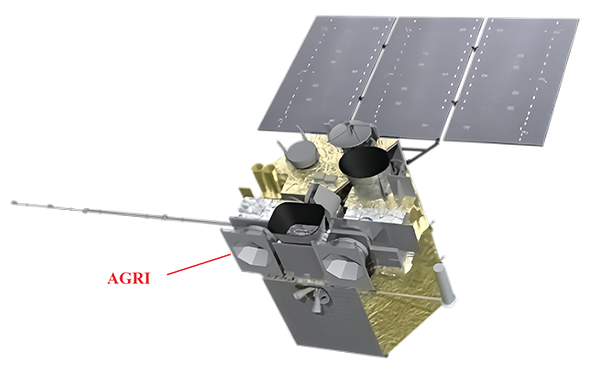Independent validation confirms that the algorithm is highly accurate in estimating AGRI aerosol levels. The results show a strong correlation with expected values, indicating the algorithm's reliability in predicting aerosol optical depth. The majority of the data aligns closely with the anticipated range, emphasizing the algorithm's precision in real-world applications.
This multidisciplinary study brought together expertise from various fields, and it was conducted through a collaborative effort by the Institute of Atmospheric Physics (IAP) at the Chinese Academy of Sciences, National Satellite Meteorological Center of China Meteorological Administration, Harbin Institute of Technology, the National Institute of Disaster Prevention, Ministry of Emergency Management, and Solar Consulting Services in the United States.
"Our study showcases the significant potential of merging the physical approach with deep learning in geoscientific analysis." said the lead author Dr. FU Disong from IAP. "The proposed algorithm holds promise for application to other multi-spectral sensors aboard geostationary satellites."
References:
D. Fu, H. Shi, C.A. Gueymard, D. Yang, Y. Zheng, H. Che, X. Fan, X. Han, L. Gao, J. Bian, M. Duan, X. Xia, A Deep-Learning and Transfer-Learning Hybrid Aerosol Retrieval Algorithm for FY4-AGRI: Development and Verification over Asia, Engineering (2024), https://doi.org/10.1016/j.eng.2023.09.023.
D. Fu, H. Shi, C. A. Gueymard, et al. FY-4A REGC AGRI AOD[DS/OL]. V2. Science Data Bank, 2024[2024-01-11]. https://doi.org/10.57760/sciencedb.12395.
Media contact:
Ms. LIN Zheng
Email: jennylin@mail.iap.ac.cn
Tel: 86-10-82995053
http://english.iap.cas.cn/

